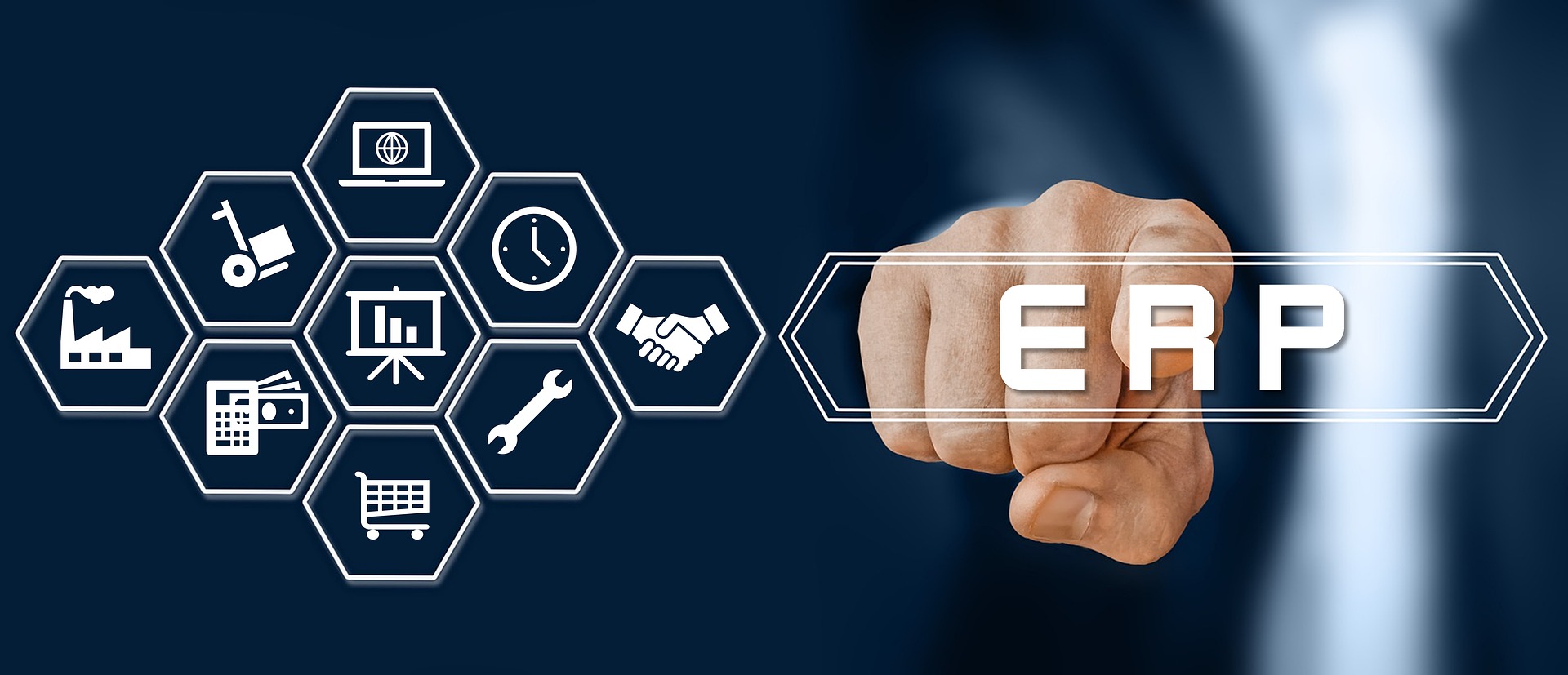
Enterprise Resource Planning
We design the process of deploying an integrated software solution that helps organizations manage and streamline their business processes across various departments and functions. ERP systems encompass modules for areas such as finance, human resources, supply chain management, customer relationship management, and more. Implementing an ERP system involves several key steps:
Planning & Preparation
We Clearly establish the goals and expected outcomes of the ERP implementation. Evaluate different ERP vendors and choose a solution that aligns with your organization's needs and requirements. Form a cross-functional team with representatives from different departments who will be involved in the implementation process.
Business Process Analysis
Conduct a thorough analysis of existing business processes; Identify current workflows, pain points, and areas that need improvement. Determine ERP customization requirements; Assess whether the ERP system can meet your organization's specific needs or if any customizations or configurations are necessary.
We identify data to be migrated from existing systems, clean and validate it to ensure accuracy and consistency. Map the data fields from the existing systems to the corresponding fields in the ERP system, and perform any necessary data transformations. Import the cleansed and transformed data into the ERP system, ensuring data integrity and minimal disruption to operations. Perform comprehensive testing to validate the functionality, performance, and integration of the ERP system. Train employees on how to use the ERP system effectively, including navigating the user interface, entering data, and utilizing specific modules.
Continous Improvements
Regularly evaluate the ERP system’s performance and identify areas for improvement or optimization. Seek input from system users to identify any usability issues or suggestions for enhancing system functionality. Based on feedback and ongoing business needs, make necessary updates, enhancements, or expansions to the ERP system.
